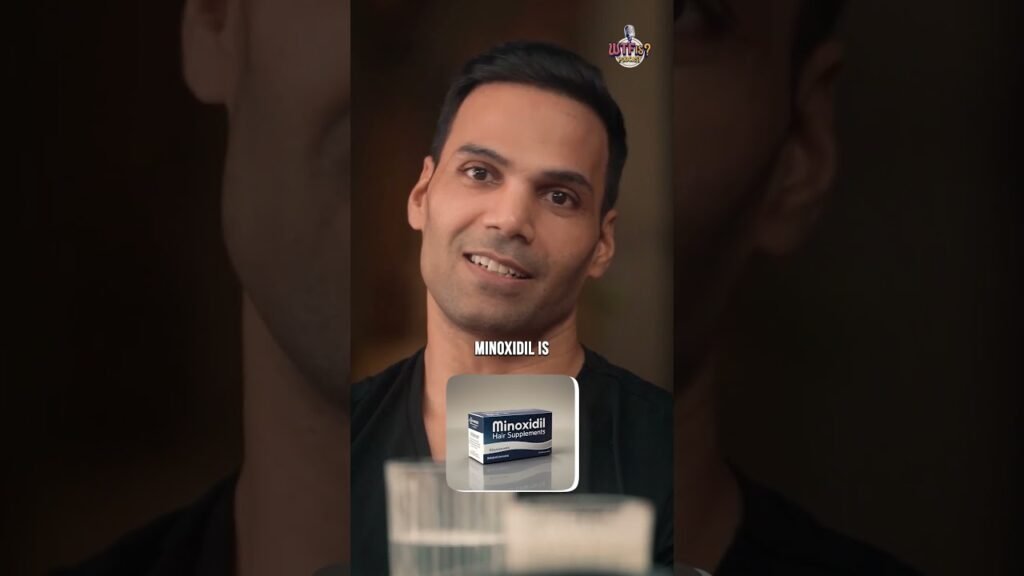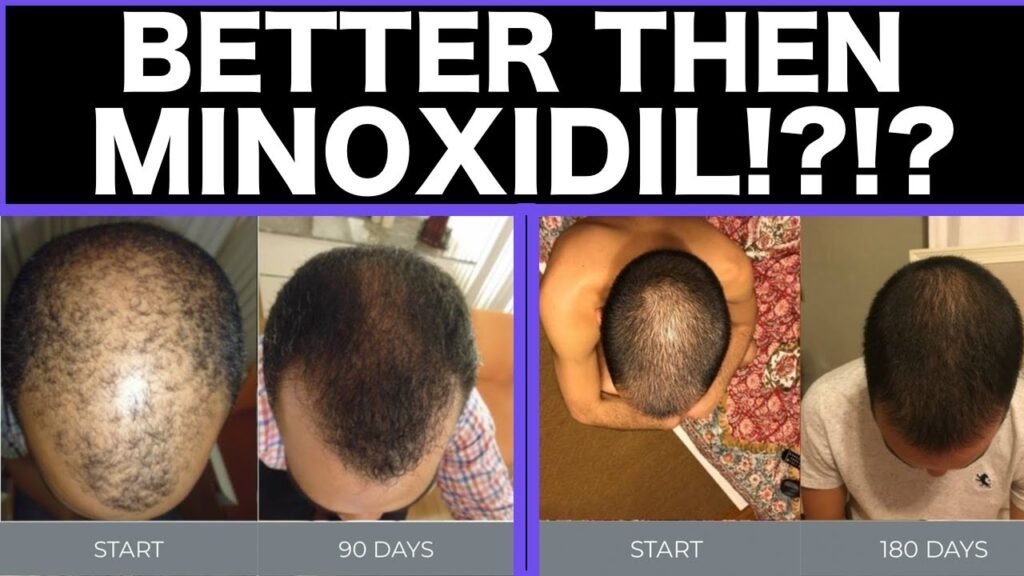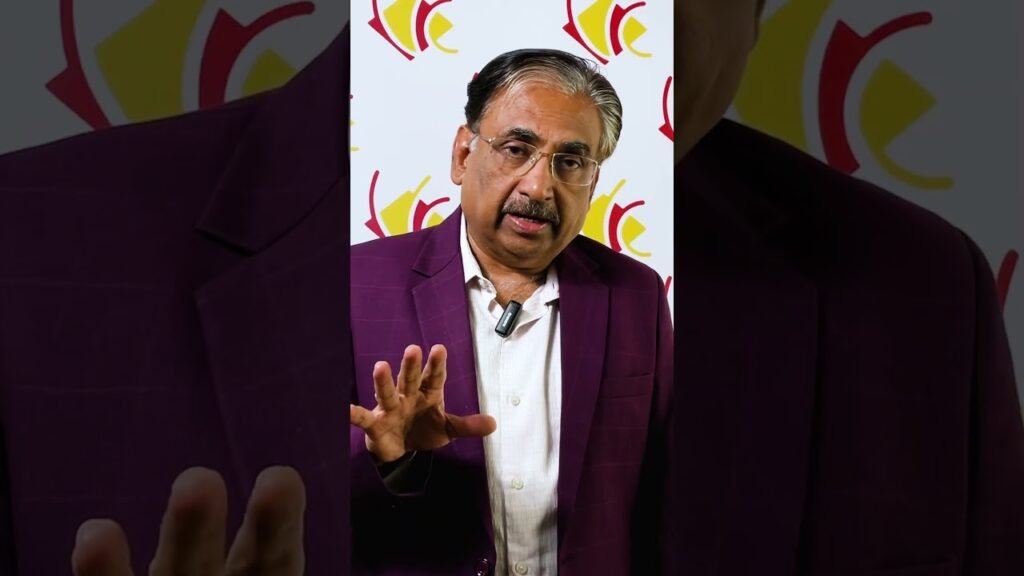Side-by-side review of Minoxidil vs finasteride
When it comes to treating hair loss, both Minoxidil and Finasteride are prominent names in the dermatological and pharmaceutical communities. Understanding the differences between these two treatments can help individuals make informed decisions about their hair care regimen. Minoxidil, often available over-the-counter, is a topical solution applied directly to the scalp. It works by stimulating hair follicles, increasing blood flow, and extending the growth phase of hair. In contrast, Finasteride is an oral medication that requires a prescription and functions by inhibiting the production of dihydrotestosterone (DHT), a hormone linked to hair follicle shrinkage and hair loss.
Efficacy and Usage
The efficacy of both Minoxidil and Finasteride has been extensively studied, with each offering unique benefits. Minoxidil is typically applied twice daily and is most effective in individuals with hereditary hair loss, particularly at the crown of the head. Results can usually be observed within three to six months of consistent use. On the other hand, Finasteride is taken once daily and is known for its ability to prevent further hair loss by blocking DHT production. Clinical trials have shown that Finasteride can significantly reduce hair loss and even promote regrowth in some men, particularly when used continuously over several months.
Side Effects and Considerations
Both treatments come with their own set of potential side effects and considerations. Minoxidils side effects are generally mild and may include scalp irritation or unwanted facial hair growth. However, these are relatively uncommon and usually subside with discontinued use. In contrast, Finasteride may cause more systemic side effects, such as decreased libido, erectile dysfunction, or breast tenderness. It is important for users to weigh these potential side effects against the benefits and consult with a healthcare provider to determine the most appropriate treatment based on their individual health profile and hair loss condition.


